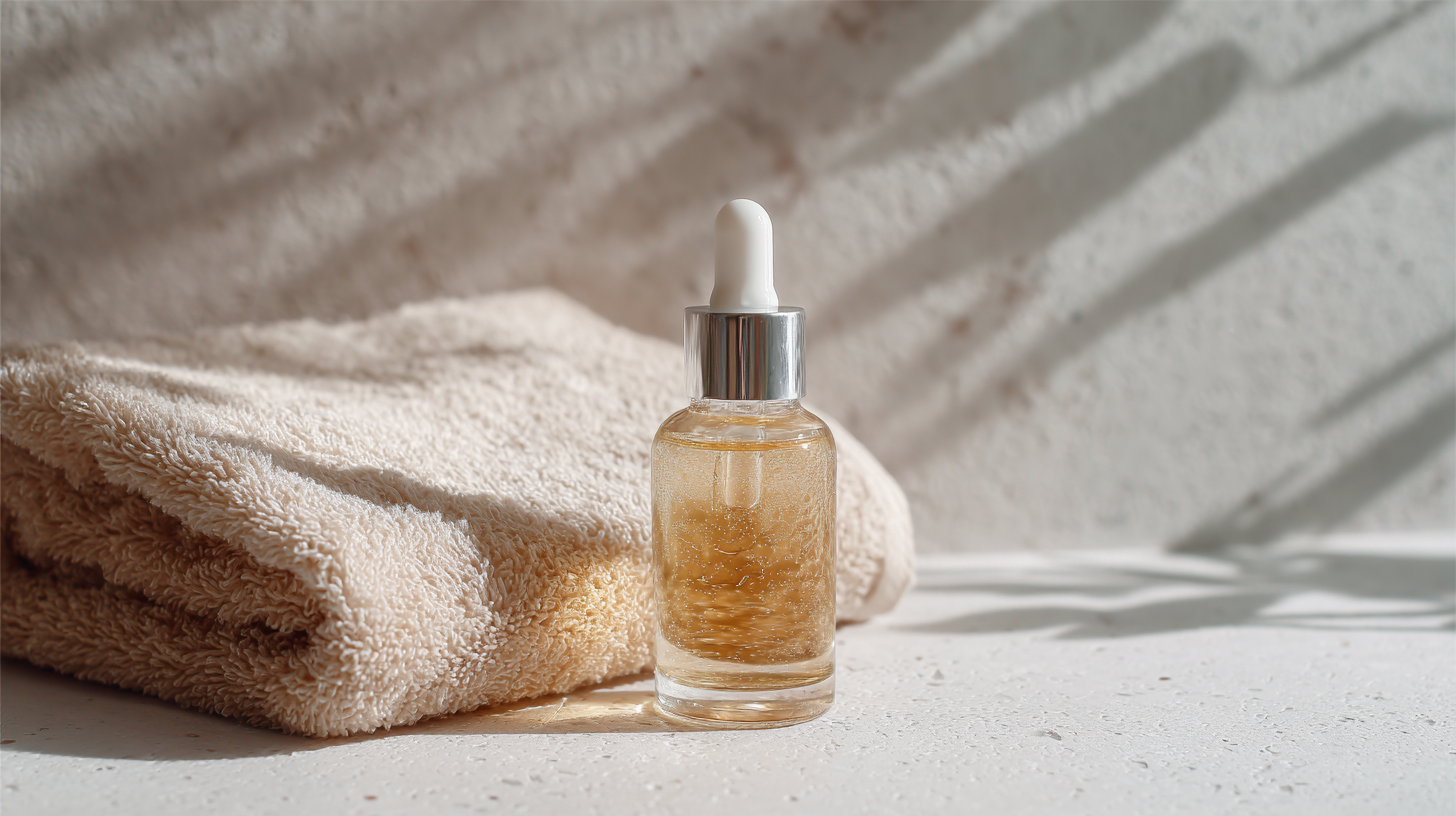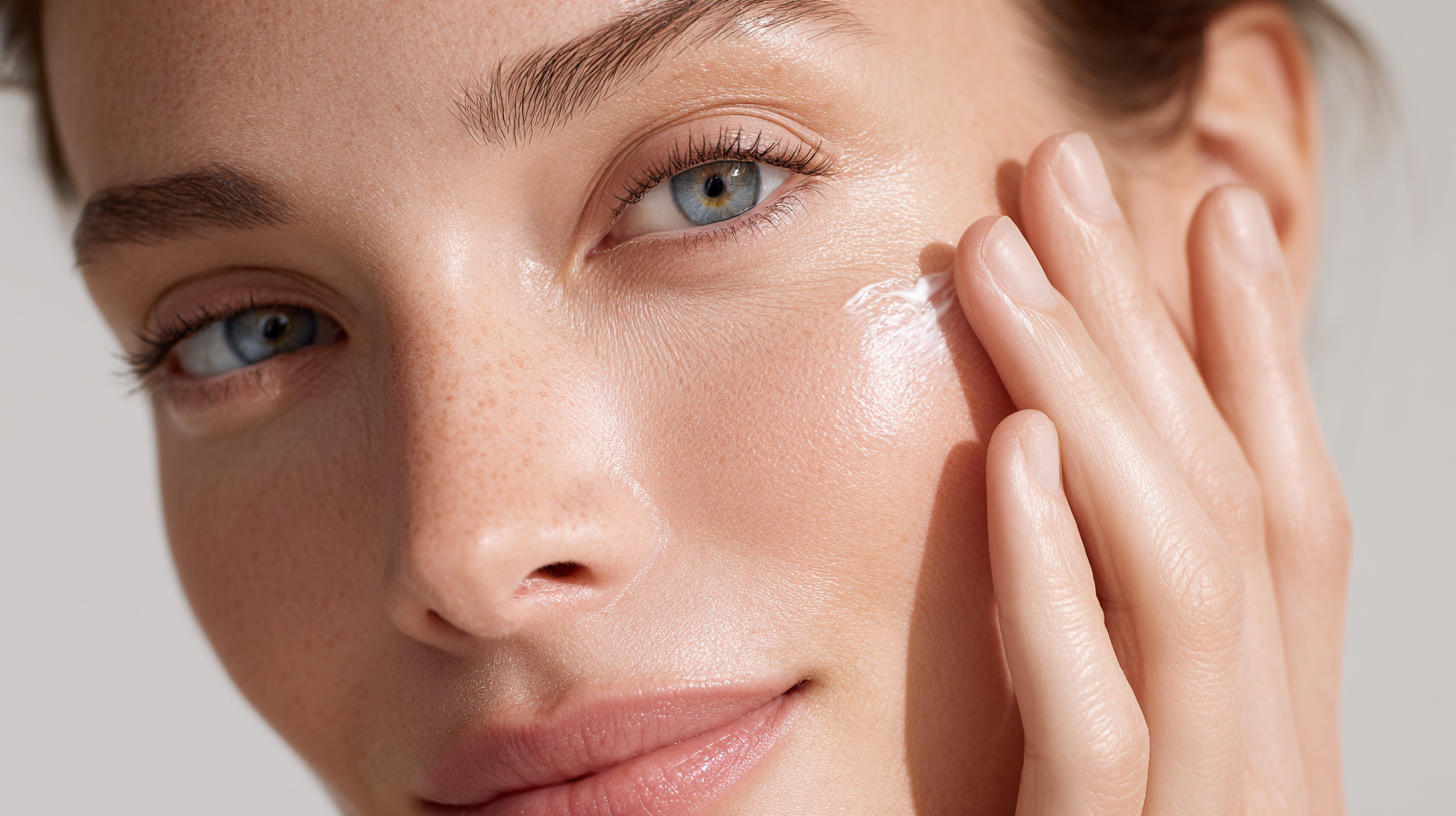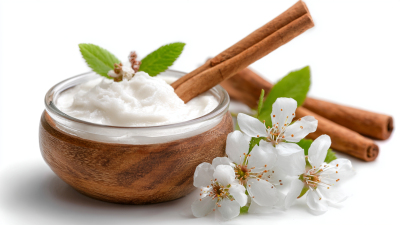In the realm of skincare, finding the right ingredients to enhance your beauty regimen can often feel overwhelming. However, one compound that has gained significant attention is Phenylethyl Resorcinol. This powerful antioxidant is known for its remarkable ability to target uneven skin tone, impart a brightening effect, and reduce the appearance of dark spots. As consumer awareness of ingredient efficacy grows, understanding how to effectively incorporate Phenylethyl Resorcinol into your skincare routine becomes crucial. In this blog, we will delve into seven expert tips that will guide you in unlocking the numerous benefits of this multifaceted ingredient, ensuring that you can achieve radiant and youthful-looking skin. Whether you’re a skincare novice or a seasoned enthusiast, these insights will help you make the most of this potent compound.

Phenylethyl Resorcinol is a lesser-known yet powerful ingredient making waves in the skincare industry. This phenolic compound is celebrated for its skin brightening and anti-aging properties, acting as a potent antioxidant. Its ability to inhibit melanin production makes it particularly effective for addressing hyperpigmentation, giving the skin a more even tone and radiant appearance. Understanding the science behind Phenylethyl Resorcinol can help consumers make informed choices about their skincare routines.
To unlock the benefits of Phenylethyl Resorcinol, consider using it in combination with other active ingredients, such as Vitamin C and Niacinamide. This synergistic effect can enhance its brightness-boosting properties, resulting in a more luminous complexion. Additionally, applying products containing this ingredient in the evening allows for optimal absorption while your skin undergoes its natural repair process overnight.
Another effective tip is to incorporate a gradual application method. Start with products containing lower concentrations of Phenylethyl Resorcinol to assess skin tolerance before increasing potency. This approach minimizes the risk of irritation while ensuring that your skin reaps the full benefits of this remarkable compound. By integrating these practices into your skincare regimen, you can truly harness the transformative potential of Phenylethyl Resorcinol.
Phenylethyl Resorcinol is gaining attention in the skincare world for its remarkable ability to brighten skin and combat hyperpigmentation. Often found in serums and creams, this potent ingredient works by inhibiting the enzyme tyrosinase, which plays a crucial role in melanin production. As a result, it can help reduce the appearance of dark spots and uneven skin tone, making it a go-to choice for those seeking a luminous complexion.
To unlock the full benefits of Phenylethyl Resorcinol, it’s essential to incorporate it correctly into your skincare routine. One tip is to apply it in the evening after cleansing, allowing it to work overnight when the skin’s regenerative processes are at their peak. Another expert recommendation is to pair it with a good sunscreen during the day, as protecting against UV rays is vital in preventing further pigmentation issues. Additionally, consider combining it with other brightening agents like Vitamin C for enhanced results, creating a powerhouse formula that targets hyperpigmentation effectively.
| Tip Number | Tip Description | Benefit | Recommended Usage |
|---|---|---|---|
| 1 | Incorporate in AM and PM routines | Enhances skin radiance | Apply after cleansing |
| 2 | Pair with Vitamin C | Boosts brightening effects | Use sequentially or mix |
| 3 | Choose the right concentration | Maximizes effectiveness | Look for 0.5% to 2% |
| 4 | Combine with exfoliants | Improves skin texture | Use bi-weekly |
| 5 | Be consistent | Long-term results | Daily application recommended |
| 6 | Use sunscreen daily | Protects against dark spots | SPF 30 or higher |
| 7 | Monitor skin reactions | Ensures suitability | Adjust usage if needed |
Incorporating Phenylethyl Resorcinol into skincare formulations can significantly enhance the effectiveness of products aimed at addressing pigmentation issues and promoting an even skin tone. According to a report by the Journal of Cosmetic Dermatology, Phenylethyl Resorcinol has been shown to inhibit melanin production by up to 75%, making it a potent contender against hyperpigmentation. This key ingredient works by interfering with the enzymatic activity of tyrosinase, a critical enzyme in the melanin synthesis pathway. Thus, skincare products that contain this compound can provide a valuable alternative to harsher chemical agents.
When formulating with Phenylethyl Resorcinol, it’s essential to consider its optimal concentration and compatibility with other active ingredients. Research published in the International Journal of Cosmetic Science suggests that using it in concentrations ranging from 0.5% to 1% yields the best results without causing skin irritation. Additionally, combining it with complementary antioxidants like Vitamin C or E can enhance its skin-brightening effects, further improving the overall efficacy of the formulation. For best practices, incorporating Phenylethyl Resorcinol into serums, creams, or lotions designed for night-time use helps maximize absorption and skin repair during the body's natural healing processes.
Phenylethyl Resorcinol (PER) is gaining attention in the skincare industry for its potent skin-brightening and antioxidant properties. To maximize the efficacy of this active ingredient in cosmetic formulations, dosage and concentration play a critical role. Recent studies suggest that an optimal concentration range of 0.5% to 2% PER can effectively inhibit melanin production, reducing hyperpigmentation without causing irritation. According to a 2021 report by the Journal of Cosmetic Dermatology, formulations containing these concentrations were able to lighten dark spots by up to 30% over 12 weeks of consistent use.
Moreover, the stability of PER in cosmetic products is paramount to ensure its effectiveness. A study published in the International Journal of Cosmetic Science highlighted that when combined with stabilizing agents, the efficacy of PER is maintained longer, thus allowing formulations to deliver consistent results. Formulators should also consider the pH level of the product; a slightly acidic pH (around 5.0) was found to enhance the stability and performance of PER. This knowledge empowers brands to create advanced formulations that leverage the full potential of Phenylethyl Resorcinol, delivering visible benefits while maintaining skin health.

 Phenylethyl resorcinol (PER) has garnered attention in the skincare industry for its remarkable skin brightening properties. As a potent tyrosinase inhibitor, it actively reduces melanin production, demonstrating effectiveness even at low concentrations of just 0.5%. This means that individuals seeking to diminish hyperpigmentation and achieve a more even skin tone can benefit significantly from its use. Recent advancements in formulation technology, such as smartLipids, enhance the loading capacity and chemical stability of PER, making it an even more attractive option for consumers and formulators alike.
Phenylethyl resorcinol (PER) has garnered attention in the skincare industry for its remarkable skin brightening properties. As a potent tyrosinase inhibitor, it actively reduces melanin production, demonstrating effectiveness even at low concentrations of just 0.5%. This means that individuals seeking to diminish hyperpigmentation and achieve a more even skin tone can benefit significantly from its use. Recent advancements in formulation technology, such as smartLipids, enhance the loading capacity and chemical stability of PER, making it an even more attractive option for consumers and formulators alike.
While the benefits are compelling, understanding the safety profile of PER is crucial. Clinical studies indicate that it is generally well-tolerated, but as with any active ingredient, potential side effects can occur. Users should be mindful of possible skin sensitivities, particularly those with reactive skin types. Conducting a patch test prior to widespread application is advisable to ensure compatibility. Overall, when incorporated thoughtfully into a routine, phenylethyl resorcinol can unlock notable improvements in skin brightness and clarity, provided that users prioritize safety and educate themselves about its use.






